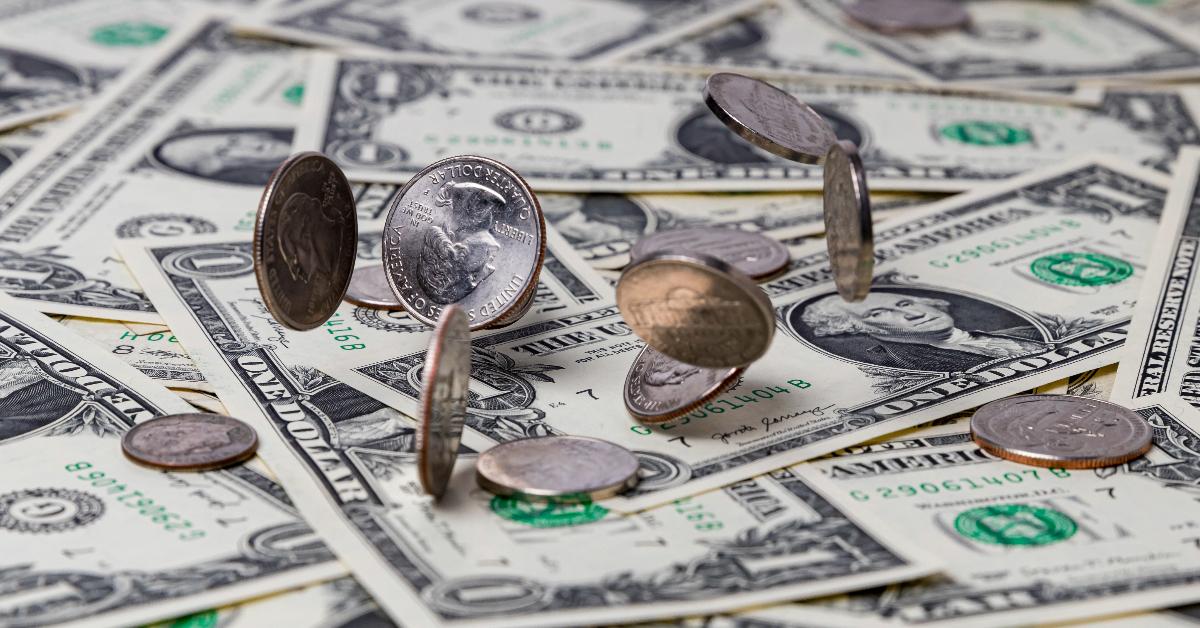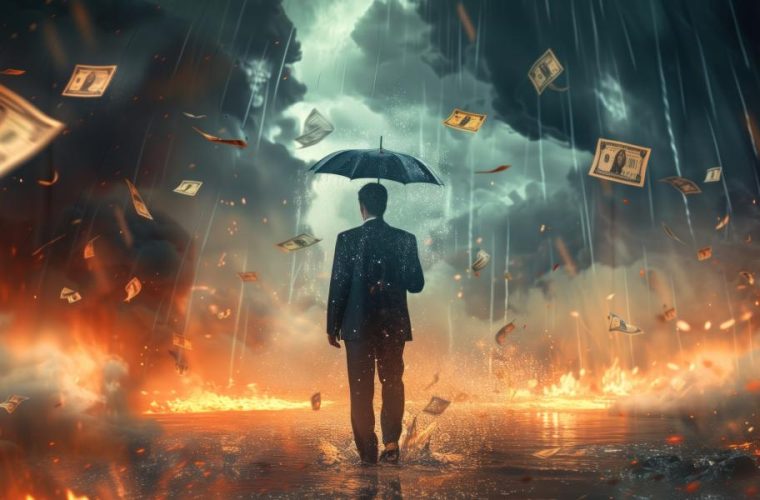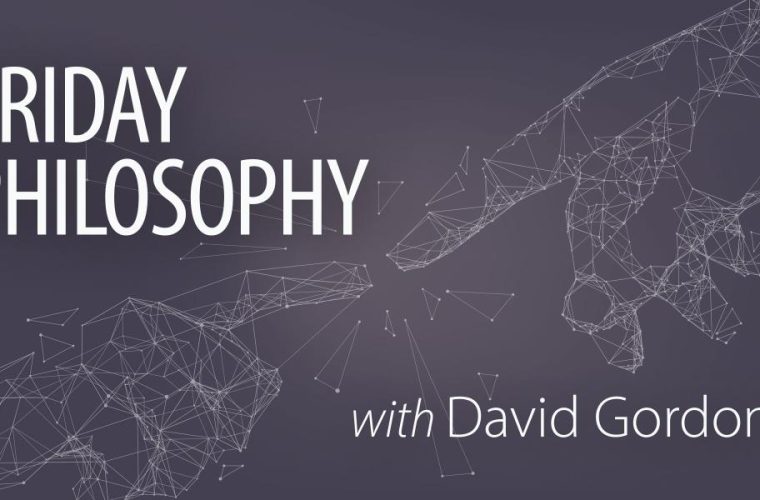
Bad, Worse, Worst: The Misguided Perfectionism of Gavin Newsom
My grandfather used to sing to me, “Good, better, best / never let them rest / till the good is better / and the better is best.” I appreciated that lesson and have been applying it to try to make sense of a recent bill signed by California governor Gavin Newsom. While the bill may be the result of Newsom’s grandfather singing to him about “bad, worse, and worst,” I have determined it is more likely a case of bad/worse/worst economic thinking. It exposes a level of bad that most economic teachers likely never bother to discuss.
AB 1228 is an unusually precise and dramatic bill related to the minimum wage. Currently, the minimum wage in California is $15.50 per hour. This bill raises the minimum wage to twenty dollars per hour for employees who specifically work in fast-food restaurants that have over sixty stores nationwide. This will be a nearly 30 percent increase in labor prices for the “big chains.”
The sponsor of the bill, Assembly member Chris Holden, boasts that it is “the most impactful fast food wage law that this country has ever seen.” I suspect he will be proven right. However, he and the governor get the impact all wrong. They point to a half million fast-food workers who will positively feel this impact. In truth, all 39.3 million Californians will feel it. Life as they know it is about to change.
The First Two Levels of Bad
In case Governor Newsom’s smile tricked you into a state of warm fuzziness, this bill is bad, worse, and worse. The bad occurs on the demand side of the labor market. The bad is the textbook story. Employers (i.e., demanders of labor) now face a higher price for humans in their production process. To try to keep a check on burger and taco prices, they will seek out alternative production approaches. The predictable solutions include the intensification and replacement of human roles. The only question—an empirical one—is how harassed and how obsolescent humans will be. Still, it is safe to say that the minimum wage has long been machine’s best friend.
The worse occurs on the supply side. The worse requires some guts (and a supportive human resources department) to discuss. Higher wages always attract more and better-skilled applicants. The skills needed for work in the fast-food industry foremost include discipline, respect, confidence, punctuality, efficiency, humility, and cooperation. One can gain these important life skills in such entry-level jobs, or one can arrive with them. The newly attracted applicants tend to arrive with them, having developed them—or at least the intuition for them—in thoughtful and engaging versions of school, sports, clubs, philanthropy, family, and church.
Economist Walter Williams made the case that the privileges of the middle class come to the fore in this scenario. The middle class has more opportunity to develop these skills outside of employment, and they end up winning out over those poorer folk who have now been forbidden by law to underbid them. And to put a point on it, Williams explains that this often means whites win out over blacks.
The minimum wage—as viewed either through its initial intentions or its contemporary effects—should always be treated as a racist policy. It reduces the number of entry-level jobs and transfers some of the remaining ones away from those who can most benefit from the excellent opportunity (which McJobs are) to develop the foundational skills needed to ascend out of poverty.
The Third Level of Bad
There is a worst to this story. The worst pertains to effects outside the labor market. Here, it will be helpful to imagine future California, or for simplicity, “Futurfornia.”
Prices will inevitably rise for burgers and tacos in Futurfornia, and customers will inevitably buy fewer. Again, it is only a question of how much fewer, but it is safe to say that not all fast-food locations will survive. The key for survival will be volume, and volume helps us imagine what Futurfornia will look like.
First, consolidation will happen. Locations in the busiest traffic corridors will do fine, but many locations scattered conveniently throughout cities will go away. Futurfornians with a hankering for a Jack in the Box will be funneled into ever-denser traffic patterns to reach locations ever-further away. Convenience and environment will be out. Blighted zones, lower property values, and increased crime will be in.
Second, peculiar volume-based models will replace traditional ones. Expect gas stations to become more common places for finding fast-food. Expect exclusively drive-through solutions—with perhaps mandatory online preordering. In walking areas, like downtown Los Angeles and San Francisco, expect the Dutch FEBO “automats,” where one deposits money to access premade food from little drawers installed into the side of buildings. In short, freshly made bowls and salads are out; heat lamps, hot-dog rollers, and preservatives are in.
Third, expect restaurants outside the scope of the bill to be impacted as well. Workers at the $15.50 per hour minimum wage restaurants will gravitate toward these higher-paying chains, leaving the local traditional restaurant with the option of either inferior workers or having to raise their wages as well. The first option will diminish the dining experience for Futurfornians, and the latter will create the cycle already discussed, leaving the surviving restaurants to be more densely packed and less accessible.
Futurfornia is a world antithetical to the advertised spirit of California. Futurfornia will be less healthy, less green, less diverse, less convenient, less safe, less beautiful, less spontaneous, and less free.
Conclusion
To imagine a happy Futurfornia requires some assumptions that most economists cannot accept. These assumptions are perhaps best exemplified in the subterfuge of a minimum-wage advocate and former chief economist in the Department of Labor under President Barack Obama (and a regularly featured “expert” on National Public Radio).
Heidi Shierholz writes, “If you are a low-income person working at the current minimum wage, a higher minimum makes you better-off, assuming no reduction in hours or employment. Most objective observers would agree that barring negative job impacts, a worker . . . is better off for it.”
In both cases, she is entirely correct. But, ah, the rhetorical beauty of dependent clauses that a reader might not notice! She has assumed away the issue at hand. Workers do lose employment and negative impacts do happen. By her logic, I would also agree that asbestos and lead paint are wonderful things for those who do not ingest their particulates.
Any teacher who has addressed the minimum wage in class knows that many students don’t like to think through these realities. Our society has emphasized good intentions so much that it pains students to scrutinize them. Modern society is so rich that it is hard for students to accept that economic pressures of scarcity could possibly still govern us and lead to these unintended consequences.
It is to be expected, then, that students force themselves to discount the science of economics as if it comes from an inhumane ideology, as if it applies austere models designed to deceive. But nothing is further from the truth—at least for the cautionary tale told here. This is a tale coming from humanism, from passionate public-mindedness, from a sense of social justice.
A great many economists who work from this humanist tradition realize economics can put them at odds with popular sentiment. As a result, the role of economics is often to “put parameters on people’s utopias.” While this statement perhaps offers no practical advice for how to overcome such deep-seated faith in good intentions, it at least reminds us to keep trying . . . or, as my grandfather encouraged, to do our good/better/best in a world so deluded by their opposites.



